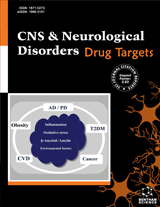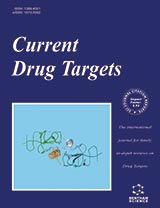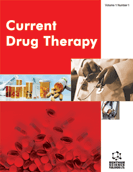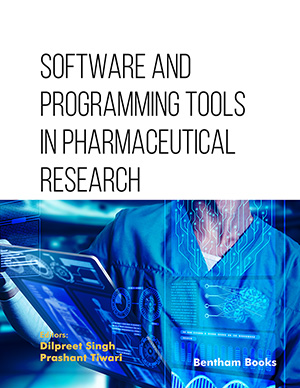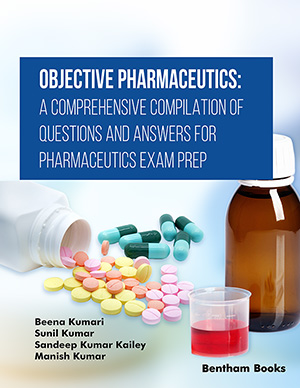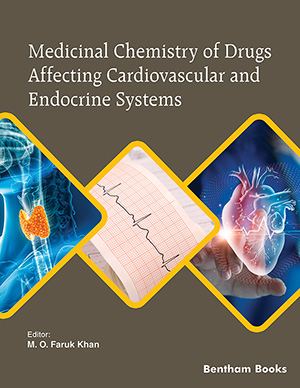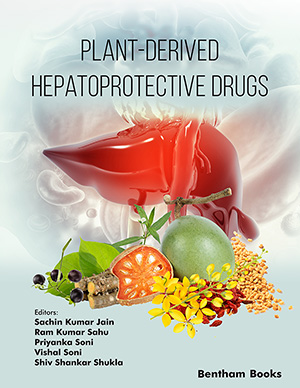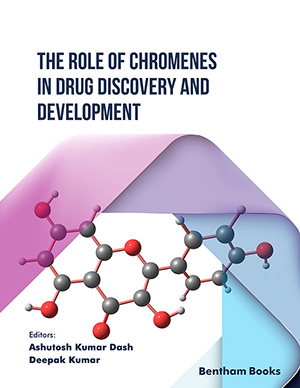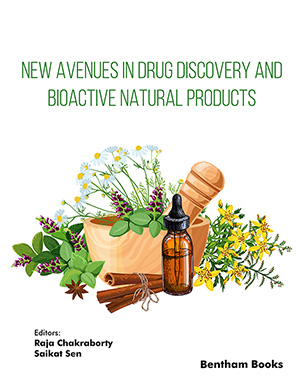Abstract
Cerebrolysin (CBL) is a neuroprotective agent in central nervous system (CNS) injury and stimulates neurorepair processes. Several studies in our laboratory suggest that CBL administered through nanowired technology may have superior neuroprotective efficacy in CNS trauma. In this investigation, we compared the neuroprotective efficacy of poly-lactide-co-glycolide nanoparticles (NPs) loaded with CBL vs free CBL in a rat model of concussive head injury (CHI). Free CBL or CBL loaded NPs was administered 30 min to 1 h after CHI and animals were sacrificed 5 h later. Changes in blood-brain barrier and brain edema formation were measured as parameters of neuroprotection in CHI after giving CBL alone or as the nanodelivered compound. Our results clearly show that delivery of CBL by NPs has superior neuroprotective effects following CHI as compared to normal CBL. This suggests that CBL delivered by NPs could have robust neuroprotective action in CNS trauma. These findings have potential clinical relevance with regard to nanodelivery of CBL, a feature that requires further investigation.
Keywords: Blood-brain barrier, brain edema, cerebrolysin, closed head injury, Poly (D, L-lactide-co-glycolide) nanoparticles.
CNS & Neurological Disorders - Drug Targets
Title:Poly (D,L-Lactide-co-Glycolide) Nanoparticles Loaded with Cerebrolysin Display Neuroprotective Activity in a Rat Model of Concussive Head Injury
Volume: 13 Issue: 8
Author(s): Barbara Ruozi, Daniela Belletti, Flavio Forni, Aruna Sharma, Dafin Muresanu, Herbert Mossler, Maria A. Vandelli, Giovanni Tosi and Hari S. Sharma
Affiliation:
Keywords: Blood-brain barrier, brain edema, cerebrolysin, closed head injury, Poly (D, L-lactide-co-glycolide) nanoparticles.
Abstract: Cerebrolysin (CBL) is a neuroprotective agent in central nervous system (CNS) injury and stimulates neurorepair processes. Several studies in our laboratory suggest that CBL administered through nanowired technology may have superior neuroprotective efficacy in CNS trauma. In this investigation, we compared the neuroprotective efficacy of poly-lactide-co-glycolide nanoparticles (NPs) loaded with CBL vs free CBL in a rat model of concussive head injury (CHI). Free CBL or CBL loaded NPs was administered 30 min to 1 h after CHI and animals were sacrificed 5 h later. Changes in blood-brain barrier and brain edema formation were measured as parameters of neuroprotection in CHI after giving CBL alone or as the nanodelivered compound. Our results clearly show that delivery of CBL by NPs has superior neuroprotective effects following CHI as compared to normal CBL. This suggests that CBL delivered by NPs could have robust neuroprotective action in CNS trauma. These findings have potential clinical relevance with regard to nanodelivery of CBL, a feature that requires further investigation.
Export Options
About this article
Cite this article as:
Ruozi Barbara, Belletti Daniela, Forni Flavio, Sharma Aruna, Muresanu Dafin, Mossler Herbert, Vandelli A. Maria, Tosi Giovanni and Sharma S. Hari, Poly (D,L-Lactide-co-Glycolide) Nanoparticles Loaded with Cerebrolysin Display Neuroprotective Activity in a Rat Model of Concussive Head Injury, CNS & Neurological Disorders - Drug Targets 2014; 13 (8) . https://dx.doi.org/10.2174/1871527313666140806145540
| DOI https://dx.doi.org/10.2174/1871527313666140806145540 |
Print ISSN 1871-5273 |
| Publisher Name Bentham Science Publisher |
Online ISSN 1996-3181 |
Call for Papers in Thematic Issues
Diagnosis and treatment of central nervous system infectious diseases
Infectious diseases of the central nervous system (CNS) can be divided into bacterial, tuberculous, viral, fungal, parasitic infections, etc. Early etiological treatment is often the most crucial means to reduce the mortality rate of patients with central nervous system infections, reduce complications and sequelae, and improve prognosis. The initial clinical ...read more
Techniques of Drug Repurposing: Delivering a new life to Herbs & Drugs
Of late, with the adaptation of innovative approaches and integration of advancements made towards medical sciences as well as the availability of a wide range of tools; several therapeutic challenges are being translated into viable clinical solutions, with a high degree of efficacy, safety, and selectivity. With a better understanding ...read more
Trends and perspectives in the rational management of CNS disorders
Central nervous system (CNS) diseases enforce a significant global health burden, driving ongoing efforts to improve our understanding and effectiveness of therapy. This issue investigates current advances in the discipline, focusing on the understanding as well as therapeutic handling of various CNS diseases. The issue covers a variety of diseases, ...read more
 24
24
- Author Guidelines
- Graphical Abstracts
- Fabricating and Stating False Information
- Research Misconduct
- Post Publication Discussions and Corrections
- Publishing Ethics and Rectitude
- Increase Visibility of Your Article
- Archiving Policies
- Peer Review Workflow
- Order Your Article Before Print
- Promote Your Article
- Manuscript Transfer Facility
- Editorial Policies
- Allegations from Whistleblowers
Related Articles
-
Effects of Quinone Derivatives, such as 1,4-Naphthoquinone, on DNA Polymerase Inhibition and Anti-Inflammatory Action
Medicinal Chemistry Influence of the Bystander Effect on HSV-tk / GCV Gene Therapy. A Review.
Current Gene Therapy CNS Drug Delivery Systems: Novel Approaches
Recent Patents on Drug Delivery & Formulation Aldose Reductase / Polyol Inhibitors for Diabetic Retinopathy
Current Pharmaceutical Biotechnology Molecular Mechanisms of Ischemic Neuronal Cell Death - With Relevance to Alzheimers Disease
Current Alzheimer Research The Role of microRNA in Ischemic and Hemorrhagic Stroke
Current Drug Delivery Neuroinflammatory Markers in Spontaneously Hypertensive Rat Brain: An Immunohistochemical Study
CNS & Neurological Disorders - Drug Targets Anatomical and Functional Relationships Between Sensory Nerves and Mast Cells
Anti-Inflammatory & Anti-Allergy Agents in Medicinal Chemistry Identifying Changes in the Synaptic Proteome of Cirrhotic Alcoholic Superior Frontal Gyrus
Current Neuropharmacology Nano Traditional Chinese Medicine: Current Progresses and Future Challenges
Current Drug Targets Lipoproteins, Stroke and Statins
Current Vascular Pharmacology The Guanylyl Cyclase Inhibition by MB as Vasoplegic Circulatory Shock Therapeutical Target
Current Drug Targets Non-Celiac Gluten Sensitivity Triggers Gut Dysbiosis, Neuroinflammation, Gut-Brain Axis Dysfunction, and Vulnerability for Dementia
CNS & Neurological Disorders - Drug Targets Mango Polyphenols and Its Protective Effects on Diseases Associated to Oxidative Stress
Current Pharmaceutical Biotechnology Current Status of Thalidomide and CC-5013 in the Treatment of Metastatic Prostate Cancer
Anti-Cancer Agents in Medicinal Chemistry Cardiac and Muscular Involvement in Idiopathic Inflammatory Myopathies: Noninvasive Diagnostic Assessment and the Role of Cardiovascular and Skeletal Magnetic Resonance Imaging
Inflammation & Allergy - Drug Targets (Discontinued) Rational Design and Development of Colon-Specific Prodrugs
Current Topics in Medicinal Chemistry Thrombolysis in Ischemic Stroke: Focus on New Treatment Strategies
Recent Patents on Cardiovascular Drug Discovery Molecular Targeting of Lymphatics for Therapy
Current Pharmaceutical Design Pathophysiology and Prevention of Bronchopulmonary Dysplasia
Current Pediatric Reviews


